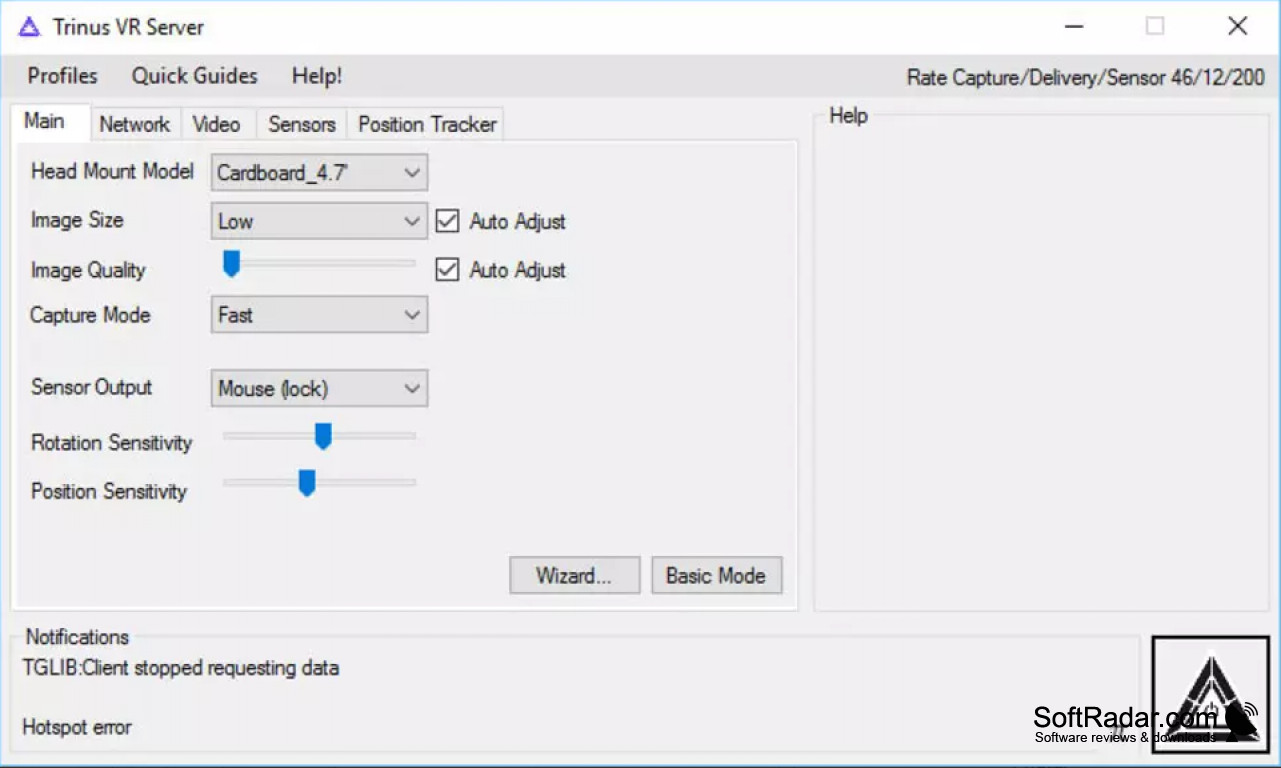

Trinus steamvr driver android#
I've fixed the first two in my fork of the LinusTrinus repo, and was able to get it to work, but performance is not so great.Ĭategorized as: Android | Games | Linux | Steam | VR This can be easily fixed by clicking in the VR output, typing ALT+SPACE, then selecting "Always On Top" from the GNOME Shell pop-up. If the on-screen window gets obscured (say, by the VR app's window), the video will get screwed up.If you don't fix the ffmpeg command in the server so it looks at the correct VT display for your distro, you'll just get a black screen in Trinus, even though the on-screen window will appear to work.
Trinus steamvr driver driver#
If you don't build the sample SteamVR driver in the subfolder first, the app will appear to do nothing, and SteamVR won't even start.There are three issues a new user will run into quite quickly: The slightly-tweaked sample SteamVR driver receives the rotation data from LinusTrinus and outputs the VR view in a standard, but frameless, window displayed on the desktop.Most importantly, it uses ffmpeg to copy an area of the screen directly to the Trinus app. The LinusTrinus server on the computer is essentially a bridge between a slightly-tweaked SteamVR sample driver, and the Trinus client.It sends rotation information to the server on Linux, and displays forwarded graphics on the phone screen. The Trinus app on the phone is a client.The code isn't very well documented, so for anyone who may want to try to use it, here's a little outline of how it works: While it does not allow movement tracking, and only rotation, it is sufficient for a subset of SteamVR games. I've been playing with VR and ran across LinusTrinus, a somewhat-raw but quite functional bit of code that allows an Android phone with the Trinus VR client app to connect to Linux to make it into a SteamVR-compatible 3DOF headset.


 0 kommentar(er)
0 kommentar(er)
